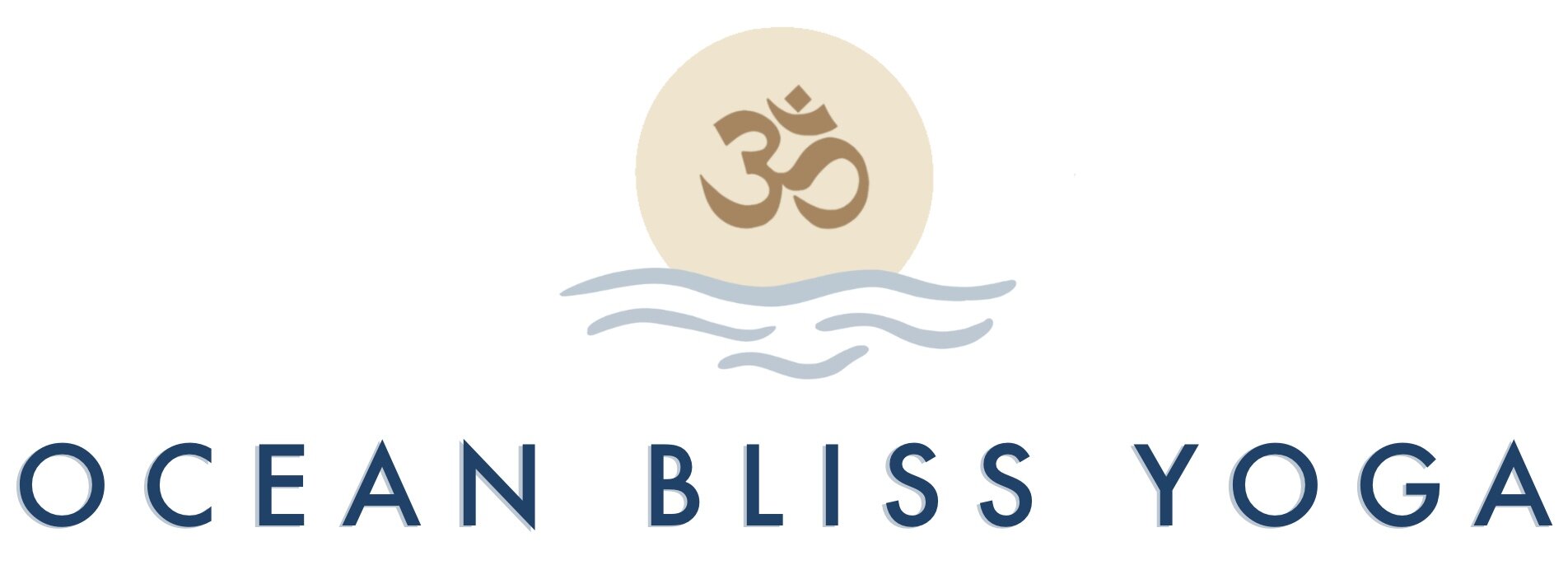A Blissful Life 3/18/25: Be Steady, Be Comfortable
‘The Yoga Sutras of Patanjali’ is a foundational text in yoga philosophy, offering guidance on the path to spiritual enlightenment and mastery of the mind and body. Credited to sage Patanjali, this text is believed to have been created somewhere between 200 BCE and 400 CE during yoga’s Classical Age. Orally transmitted until the Middle Ages, ‘The Yoga Sutras’ consist of 196 concise statements (sutras) organized into 4 sections (padas). Its structure made it easy to memorize and pass down through generations. While individually the ‘sutras’ are short, you can create a lot of discussion around each as they point to a bigger idea. I like to think of the ‘sutras’ as threads that weave together to make the beautiful tapestry that is ‘The Yoga Sutras’.
‘The Yoga Sutras’ has so many goodies, but the one I want to discuss today is number 46 from the second ‘pada’. It translates to, “Asana is a steady, comfortable posture.” When Patanjali wrote this a couple of thousand years ago, he was referring to a meditative seat– “a meditative seat is a steady, comfortable posture”. However, we can take this concise statement and apply it to all of the different yoga postures in our practice, along with our physical and mental posture throughout life. Let’s dig deeper.
Patanjali says that our posture must be steady and stable, as well as comfortable, happy, pleasant, and sweet. What I love about this statement is the dance between opposites. Too much of anything will throw us off balance and have a negative, harmful effect on our health and wellbeing.
I invite you to start to pay attention to your own habits and patterns with the following self reflection questions: How can you balance your easiness and your steadiness in any situation? Do you personally tend to be more ‘Type A’ (steady, structured, driven, competitive, ambitious, result-oriented) or more ‘Type B’ (comfortable, easygoing, relaxed, patient, adaptable)? Which one are you good at, and which one do you need to cultivate more of?
In a yoga asana (postural) practice, one of the main purposes is to find the poses with proper alignment, while maintaining this balance of steadiness and comfort in your mind and body. Some good ways to help yourself achieve this as you advance in your practice is to make use of yoga props as needed (refer to last week’s column if you missed it!), and to intentionally use your breath. For example, the ‘Ujjayi Breath’ is one we often offer in a ‘Vinyasa (flowing) Yoga’ class or during held postures to help calm the nervous system, focus the mind, reduce stress and anxiety, and deepen awareness.
You can use the advice above off the mat and out in the world as well. What supports can you use to help keep yourself in alignment? This might include things like time with people who light you up, therapy, massage, exercise, a healthy diet, and even comfortable shoes! Also, how can you use your breath to self-regulate in any situation? For example, making your exhale two times the length of your inhale is the quickest way to bring yourself from a state of stress into one of calm. Additionally, there are many different types of breaths used in yoga to increase your energy, improve your focus, bring you down from overwhelm, and everything in between. If you’re curious to learn more, join us for classes at Ocean Bliss Yoga.
The great teachers say that if you can achieve just one properly aligned pose with the perfect balance of steadiness and comfort, that is enough. This may sound easy, but in how many poses, or life situations for that matter, are you completely comfortable and steady? A small pain here or cramp there can quickly pull us out of presence. It is only when the body and mind are free from all contaminants and rigidities can this balance be easily attained.
For information on classes and workshops, visit oceanblissyoga.net. As always, feel free to call me at 917-318-1168 with any questions.
